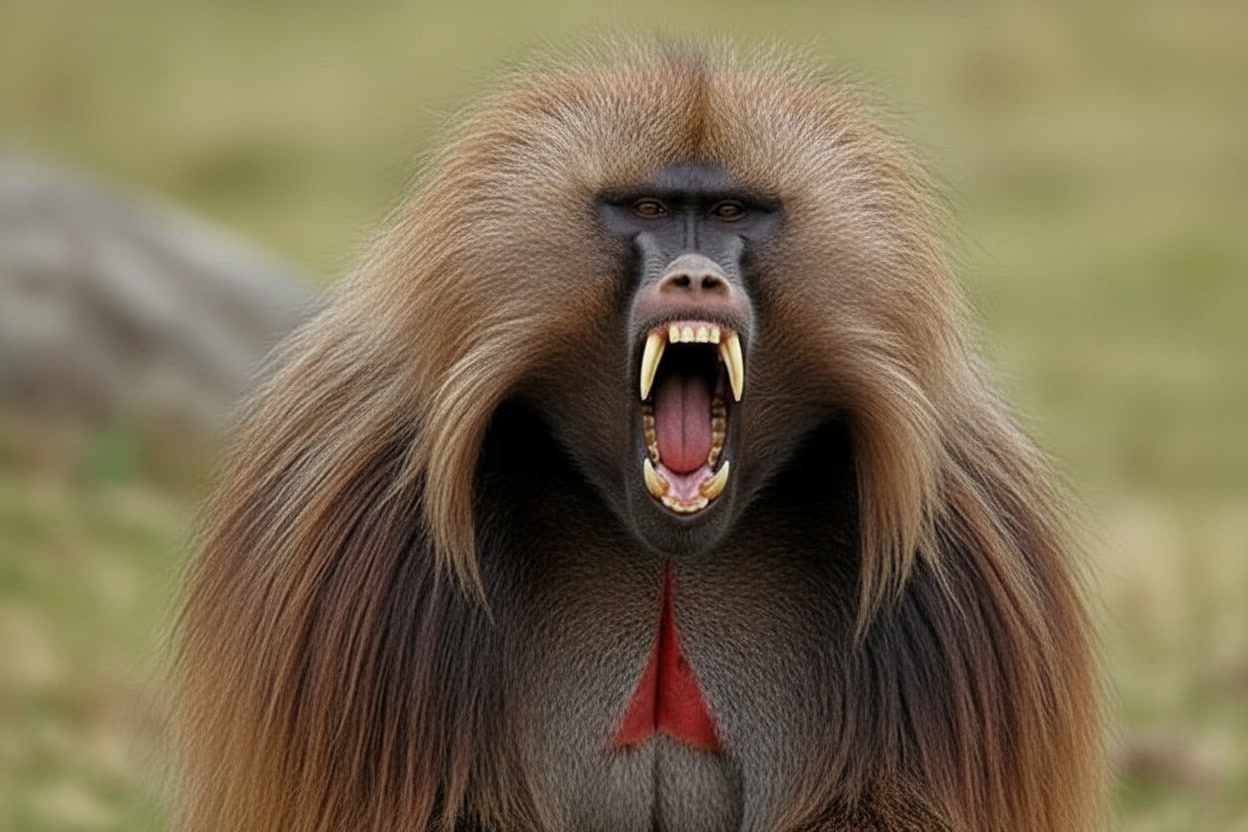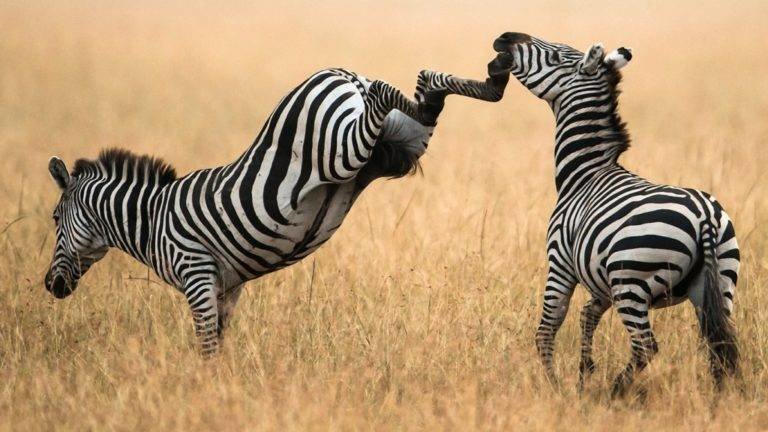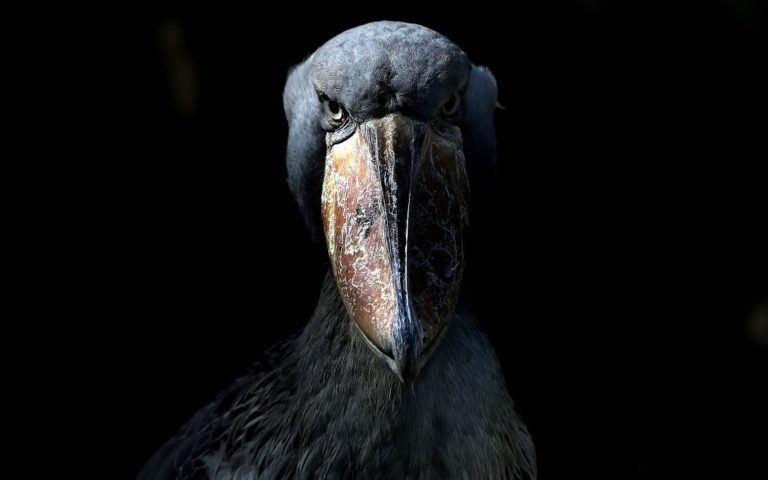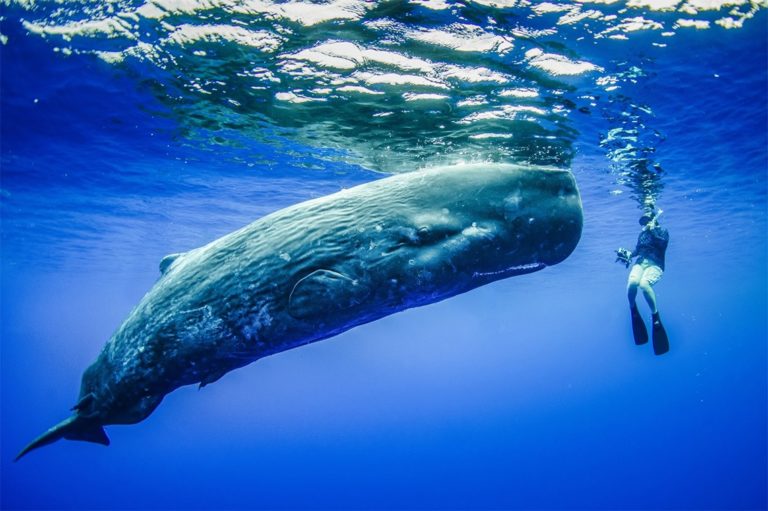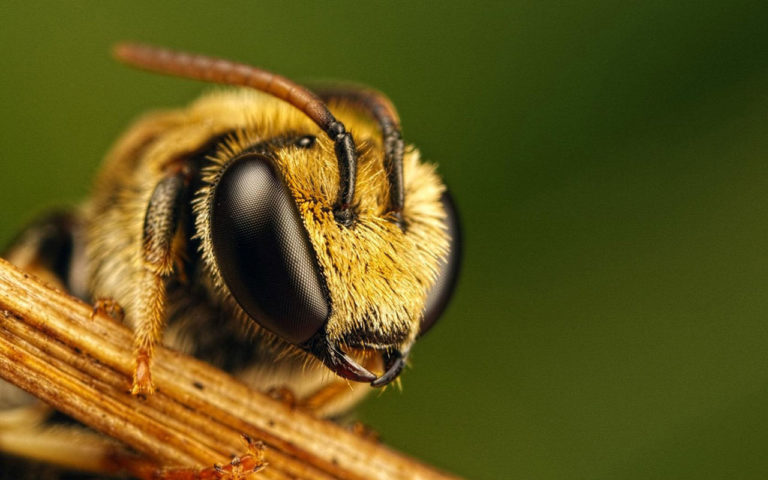The 7 Most Dangerous Monkeys in the World
Monkeys are our closest living relatives in the animal kingdom. While they may often look cute, funny, or even human-like, it’s important to remember: they are wild animals — and some of them can be extremely dangerous.
Certain monkey species are large, powerful, and aggressive enough to seriously injure or even kill an adult human. Others are smaller, but unpredictable and capable of launching coordinated or sudden attacks.
Let’s take a closer look at seven of the world’s most dangerous monkeys, and what makes them so formidable.
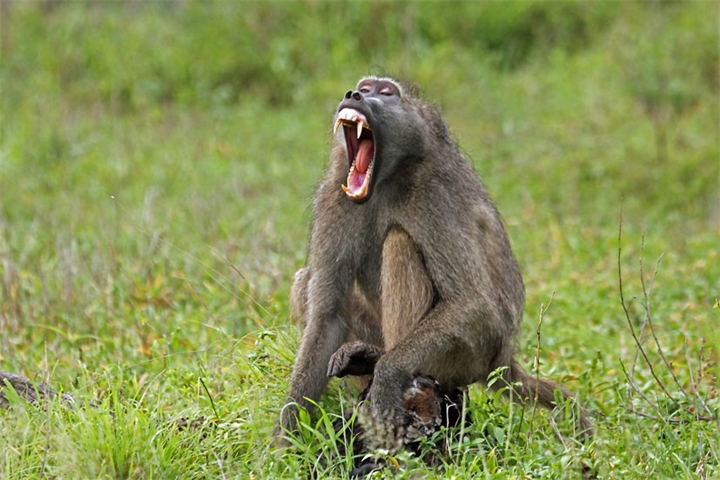
Baboon (Chacma or “Bear” Baboon)
The chacma baboon, also called the bear baboon, is one of the largest — and most aggressive — species of monkey on Earth. These baboons live in large, complex troops that include dominant males, females, and their offspring.
What makes them particularly dangerous is their pack behavior. When threatened — or when expecting food from humans — they often attack in groups, making them hard to fend off. Feeding them is a big mistake, as they quickly begin to associate people with food, becoming bold and confrontational.
There are many reported cases of people being attacked by these baboons, often resulting in horrific injuries.
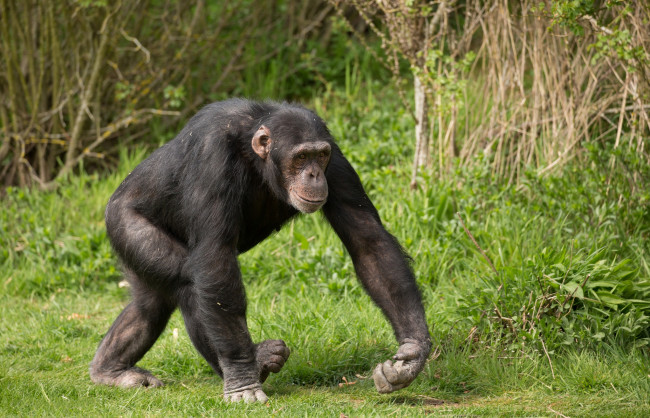
Chimpanzee
It might come as a surprise, but the beloved chimpanzee is one of the most dangerous primates on the planet.
Though many people keep chimpanzees as exotic pets, this is a risky decision. Chimps are wild animals with incredible strength — up to five times stronger than a human — and when stressed or poorly handled, they can become extremely aggressive.
In both the wild and captivity, chimps have been known to:
-
Attack their owners or handlers
-
Rip off fingers, ears, or noses
-
Target the face, hands, and genitals when they attack
Chimpanzees also display disturbing behavior in nature, including infanticide and violent turf wars with other chimp groups.
They may look sweet and playful when young, but adult chimps are highly unpredictable and territorial
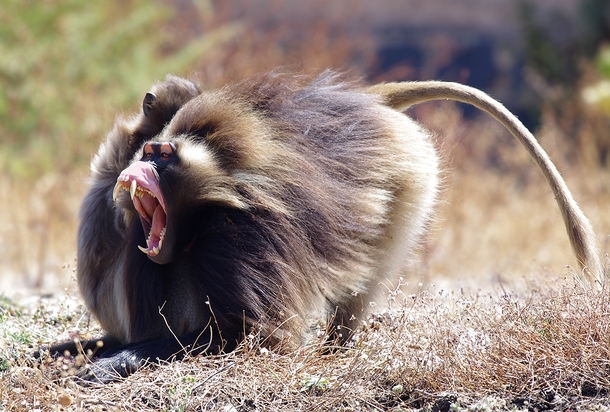
Gelada
With their flowing manes and unique heart-shaped chest markings, geladas might look majestic and harmless — but they’re not to be underestimated.
Although generally peaceful, these monkeys possess razor-sharp teeth and can deliver devastating bites if provoked. They are also fast and agile, which makes them difficult to escape from if they become aggressive.
Geladas are known to lash out at humans who get too close, especially in the wild. If you’ve ever seen one show its teeth, you’ll understand why you wouldn’t want to be on the receiving end of a bite.
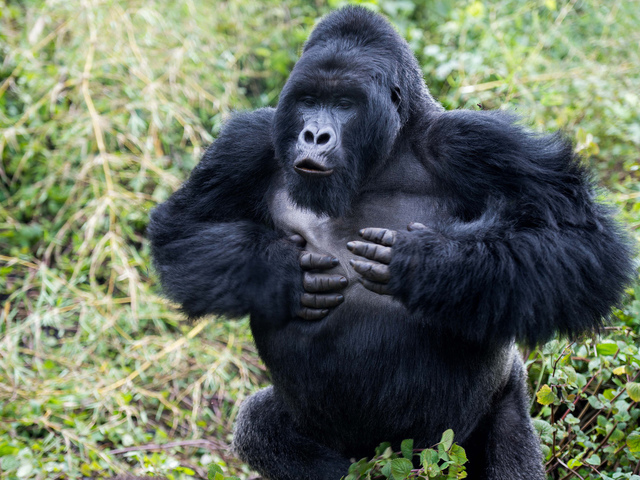
Gorilla
The gorilla is the largest primate in the world — and also one of the least dangerous to humans… as long as you respect their boundaries.
Generally shy and non-aggressive, gorillas will only attack when they feel threatened or cornered. Most incidents occur when humans behave inappropriately on gorilla territory — such as making sudden movements, showing teeth (a sign of aggression), or trying to run away.
Interestingly, gorillas warn before attacking. They’ll beat their chests, grunt, and charge as a bluff — giving intruders a chance to back off. If those warnings are ignored, the situation can turn violent fast.
In their social groups, a dominant male (silverback) leads several females and their young. If challenged by another male, the silverback may attack — and the loser often doesn’t survive.
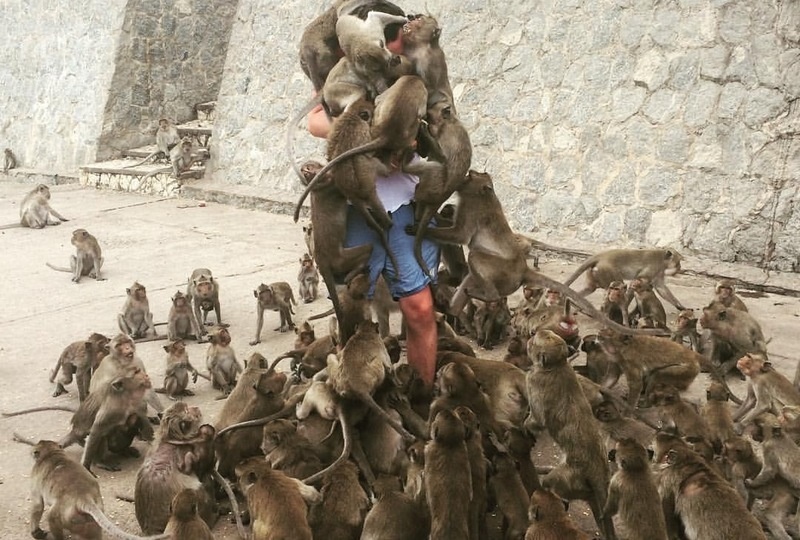
Macaques
Macaques are small to medium-sized monkeys, but don’t let their size fool you — they’re among the most dangerous to humans due to their aggressive nature and ability to spread disease.
Macaques often live in large groups, and they’re extremely territorial. They’re known to:
-
Steal from humans
-
Attack children or lone travelers
-
Bite or scratch when approached
Even more concerning is that macaques can carry Herpes B virus, which is potentially fatal to humans. A single bite or scratch can transmit the virus.
There have even been rare, tragic incidents where macaques have abducted infants — including one report in India where a monkey took a baby from a house, and the child was later found dead.
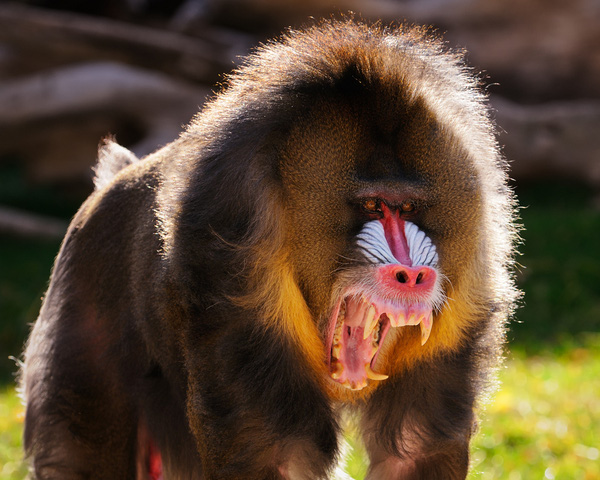
Mandrill
One of the most visually striking monkeys on Earth, the mandrill is instantly recognizable thanks to its red-and-blue snout and enormous canines.
Mandrills are closely related to baboons, and they share their aggressive tendencies. Males, especially dominant ones, are extremely territorial and will not hesitate to attack if they feel challenged.
These monkeys flash their large teeth as a warning. If that doesn’t work, they’ll bite — and their jaws are strong enough to leave serious wounds.
Fortunately, mandrills live deep in forests and generally avoid human contact. Sadly, they’re now endangered due to hunting and habitat destruction.
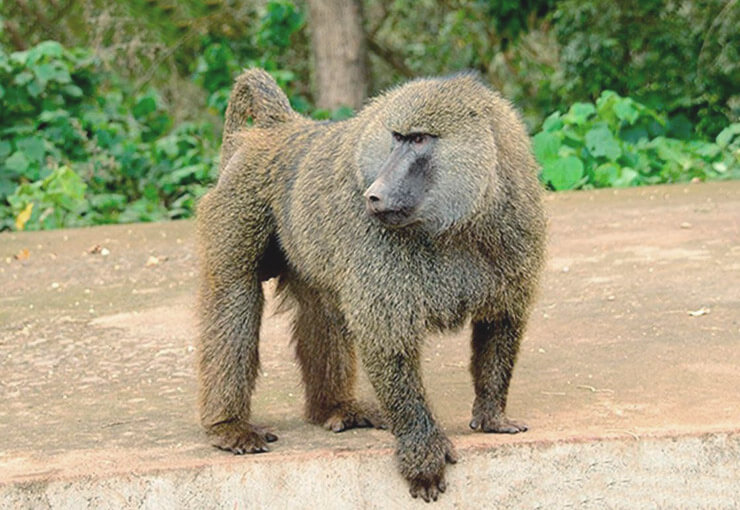
Olive Baboon (Anubis Baboon)
The olive baboon, also called the Anubis baboon, is another large, aggressive monkey that lives in groups of up to 150 individuals.
These baboons are incredibly strong, with excellent vision and hearing. When faced with predators — or perceived threats, including humans — the troop can launch a coordinated attack with teeth and fists.
Female Anubis baboons become especially aggressive after giving birth, as newborns are vulnerable to attacks from rival males who may try to kill the infant.
While humans are not natural predators of olive baboons, conflict does arise — especially in areas where deforestation and human expansion have forced baboons into closer contact with villages.
Final Thoughts
While monkeys might seem playful and intelligent — and some are even trained performers or pets — they are still wild animals with instincts, strength, and behaviors that can be unpredictable and deadly.
Whether it’s the bite of a macaque, the brute force of a gorilla, or the coordinated ambush of baboons, it’s crucial to respect their space and understand their nature — not just for your safety, but for theirs.

